Learn how to grow a fan-shaped snake plant at home. Discover everything you need for your green friend to grow healthy.
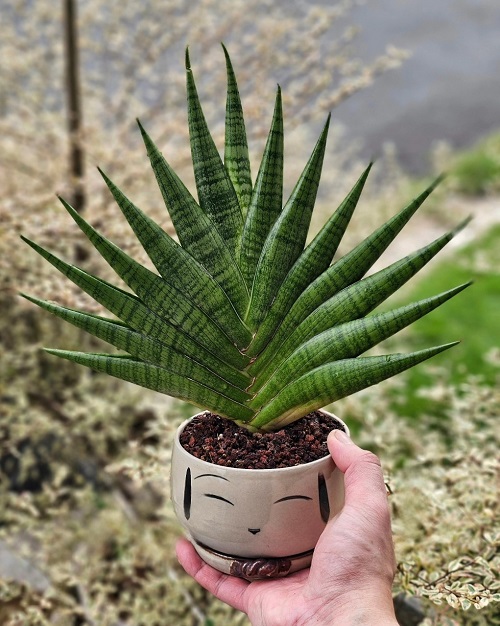
By now, we have probably known snake plants for being low-maintenance and resilient. But do you know that they can grow into a fan-shaped plant? Yes, with the right propagation, care, and love, you can see how those graceful leaves bring life to your home’s corners.
Fan-Shaped Snake Plants
Fan-shaped snake plants have thick, cylindrical leaves that spread horizontally from the base, creating a unique fan shape. This shape can occur naturally in certain varieties or be encouraged through proper potting, light, and gentle training.
Choose the Correct Variety of Fan-Shaped Snake Plants
Each of these varieties can be shaped into an attractive fan with the right care and setup.
Sansevieria cylindrica (African Spear Plant)
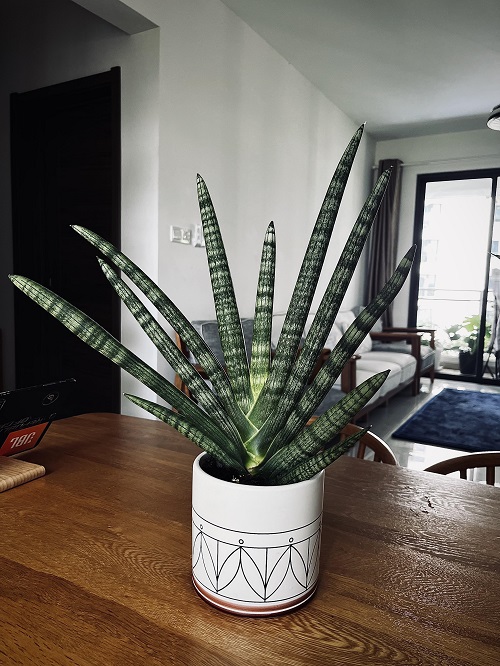
This species produces tall, tube-like leaves that fan out beautifully when trained. It is the most popular choice for fan shaping as its leaves naturally spread outward.
Sansevieria boncel (Starfish Snake Plant)

This is a compact plant with plump, short leaves that branch out from a central point, which looks gorgeous on tabletops. It grows slowly, hence ideal for small spaces and minimal maintenance setups.
Sansevieria ‘Kenya Beauty’
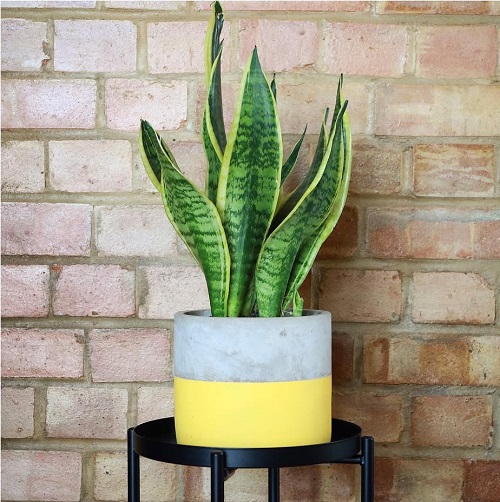
This beauty comes with thick, dark green leaves with subtle patterns and a broad fan spread. It handles low light well, making it great for offices and bedrooms.
Sansevieria patula Boncel
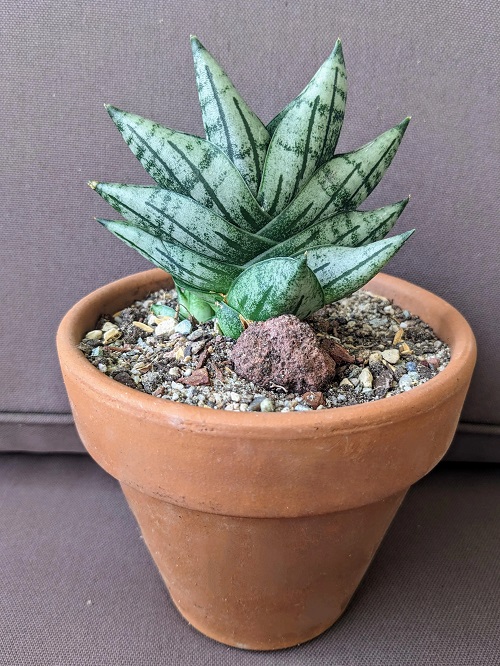
A rare, variegated version with creamy-yellow streaks for added color and elegance for your darkest corners of the room. Variegated leaves need more light to maintain their markings, so keep them somewhere bright.
Sansevieria ‘Samurai Dwarf’
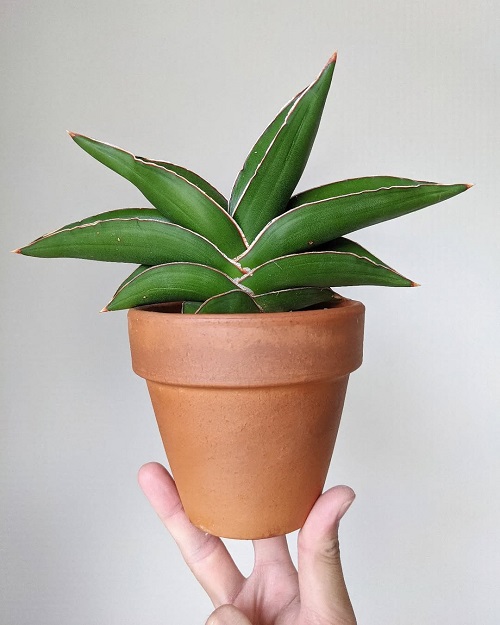
A miniature variety with stacking leaves that form a layered fan-like arrangement to bring life to your showcases. This one stays compact and prefers to be slightly root-bound, so don’t rush to repot it.
How to Grow a Fan-Shaped Snake Plant
The primary step is to choose the right variety, after that, the main aim is grow it healthily.

1. Use the Correct Pot and Soil
Every structure needs the right foundation. Similarly, your snake plant needs the right base. Choose a wide and shallow pot to let them spread easily and grow like a fan. Take well-draining soil to prevent waterlogging.
Avoid regular garden soil—it compacts easily and suffocates the roots. Terracotta pots are the best choice as they absorb excess moisture and prevent soggy soil.
2. Place it for Appropriate Amount of Light

They love bright and indirect light and can adapt to medium or low light as well. For healthy growth, keep them near a window with filtered sunlight, but avoid direct sunlight as that can scorch the leaves. Keep on rotating it every few weeks, because phototropism will make them grow towards the source of light and grow like a fan.
3. Training the Leaves for a Fan Shape
To train your snake plant into a fan, start during its active growing season, which is spring or early summer. Use soft plant ties to gently guide new leaves outward in a fan-like spread.
Stick small support stakes in the soil to help direct growth and maintain spacing between leaves. With regular adjustments every few weeks, you’ll start to see the shape develop naturally.
4. Propagation and Pruning
Snake plants can be easily propagated through division or leaf cuttings. For division, separate pups from the main plant, let them dry, and repot afterward. For leaf cuttings, cut healthy leaves into sections, let them callus later, and plant them in well-draining soil. And you will experience the birth of new shoots in a few weeks.
For fan-shaped plants, propagation by division is better than leaf cuttings because it preserves the original cylindrical leaf structure. Leaf cuttings often lose their unique shape and grow flat leaves instead. Prune and healthily cut them to shape them into the desired form.

5. Control the Rhizome Direction
Snake plants spread through thick roots called rhizomes, and the direction these rhizomes grow decides where new leaves will appear. If you control that direction early, your plant will naturally open up in a fan shape effortlessly.
When repotting, slightly expose the rhizome and note its direction. Position the pot so the rhizome faces the desired direction for the fan to spread. As new shoots emerge, they’ll follow this line, forming a neat, uniform row of leaves.
6. Common Issues

The most problematic issue is overwatering, which leads to yellow, mushy leaves and root rot. Along with leggy growth from insufficient light, and brown leaf tips from under-watering, dry air, or cold drafts.
Snake plants are easy to care for, and even you can do that like a pro. But wait, you need a heart that is ready to nurture the dainty beauties. Do you have one? Tell us in the comments, how has your experience with snake plants been?







